We were lucky to catch up with Brendan Flores recently and have shared our conversation below.
Alright, Brendan thanks for taking the time to share your stories and insights with us today. We’d love to hear about when you first realized that you wanted to pursue a creative path professionally.
I have always been a creative at heart, but my pursuit of art professionally started in the past couple of years. My creative sensibilities started young with LEGO sets being my first exposure to building what I had in my mind. Then I got into 3D printing in high school and college and learned to use 3D modeling software which allowed me to print whatever I could design. However, while going through school pursuing an engineering degree, I was never really encouraged to focus on an artistic outlet. For me, making “art” didn’t come until later.
When the pandemic hit I, like many people, found myself with a lot more time on my hands. I decided to finally pursue a project that had been sitting in my brain since about 2017, but that I had not tried to complete because it was so different than anything I had made before. What I was planning on making was going to be art, where I was used to working in design and craft. It took several months to figure out everything between developing sizing and spacing, sourcing materials, and building out a process to plan out my idea. The result was my sculpture The Tree. After I completed my second and third sculptures, I began to think I had something novel and interesting. I started sending cold emails to local sculpture artists and groups asking if they knew of any resources to get plugged into the local scene, as I was an outsider without any connection to art or artistic people. I eventually stumbled upon several local art guilds and submitted my work. I brought home Best in Show and First place in my first two guild shows, which gave me the confidence to really start to put myself out there. I continued to send out my cold emails, and I accidentally emailed the sculpture professor at a nearby university. I say accidentally as I didn’t know she was the sculpture professor until she invited me out to come share my work with the staff and tour the school. Initially I did not consider the idea, because I have an engineering background and was working full time as an engineer. However, after thinking about it and many conversations with my wife, I finally broke down and decided to go check things out. I ended up going back to school to pursue a Master of Fine Arts degree, haha. I am very thankful I did because that is where I formed the network I needed to land several important group shows, and eventually my first solo exhibition. I almost sold out at my solo, and that’s when I realized I wanted to pursue sculpture in a professional sense.


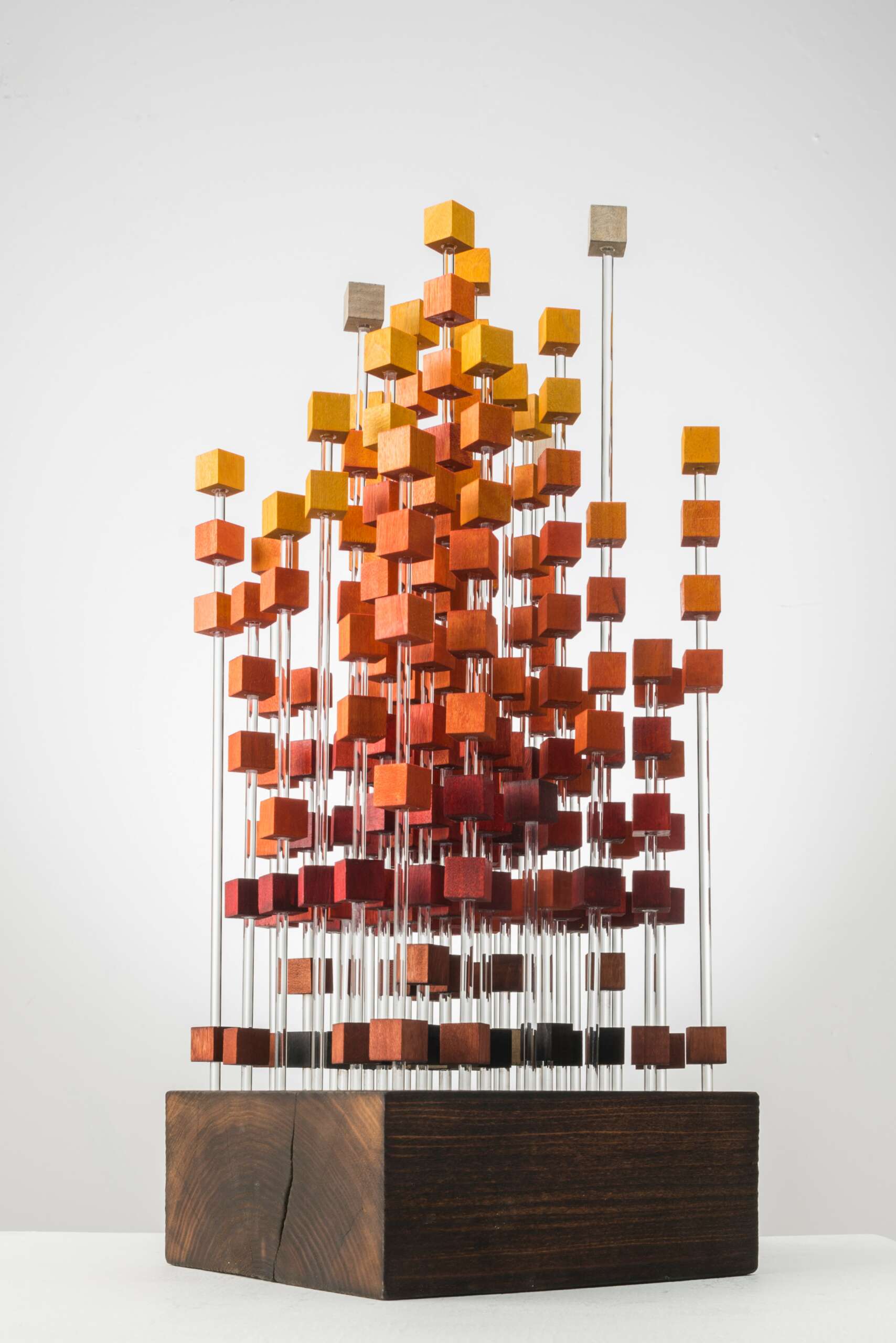
Brendan, love having you share your insights with us. Before we ask you more questions, maybe you can take a moment to introduce yourself to our readers who might have missed our earlier conversations?
My name is Brendan Flores and I am a sculpture artist. I would describe my work as “unconventional woodworking.” I frequently refer to myself as a woodworker, even though my work does not revolve around creating traditional woodworking items, such as furniture or carvings. My primary focus is finding uniquely textured or colored wood and hand crafting ¾”-1” cubes. I then suspend the cubes on glass or acrylic rods and use the “cube-on-rod” unit to build both abstract and representational sculptures that portray the little moments in life.
In my work, I focus on recreating the glimpses of life that get stuck in one’s memory and form an individual. Small ephemeral things that you might not realize you’ll remember forever. Cresting Wave, for example came from a memory I have of one beautiful wave I witnessed while out on the beach. I’m not sure why I remember that particular wave, but I do, and I needed to memorialize it as something that I will never forget. I believe we all have these types of memories, and with my sculptures I aim to capture the essence of those memories.
One thing about me is that I appreciate straight lines, symmetry, and precision. However, as I mentioned above, I find my inspiration in the things I see and the situations I experience, where such qualities are generally sparse. Life, nature, and experiences are all messy concepts. So, my work is the way I assuage my inner desire to smooth the messy into the precise. A viewer will notice that my work is characterized by lots of straight lines and sharp edges. Even the sculptures that look organic are formed on a stringent grid. I think that comes from my original experiences with creating, which were LEGOs and 3D printing. Those outlets are more regimented. LEGO bricks go together in certain ways and 3D printing has limitations on geometry and size that must be considered. Thus, in a sense, I have always been mindful of working with constraints, and I think a lot of that has carried over into my artistic practice. That is not to say I feel constrained in my work, but rather I enjoy working within a set of rules that I have created for myself.
The more organic side of my practice is that I use sawdust painstakingly collected from cutting the wood I use to create my cubes as “paint”. I have worked with countless varieties of wood and at one point I realized the sawdust was just too beautiful to throw away. Now, in between every cutting, sanding, or drilling operation that requires a different wood, I stop and meticulously clean out my shop vacuum to collect the sawdust. Sometimes it’s just a spoonful or two, but it’s worth it. I like to joke that I probably have the cleanest shop vacuum found in any woodworking shop in the world. I also like to highlight my sawdust paintings as a sustainability practice, as I am using the whole of the resource I’ve been provided instead of simply throwing away what most would consider a waste product.

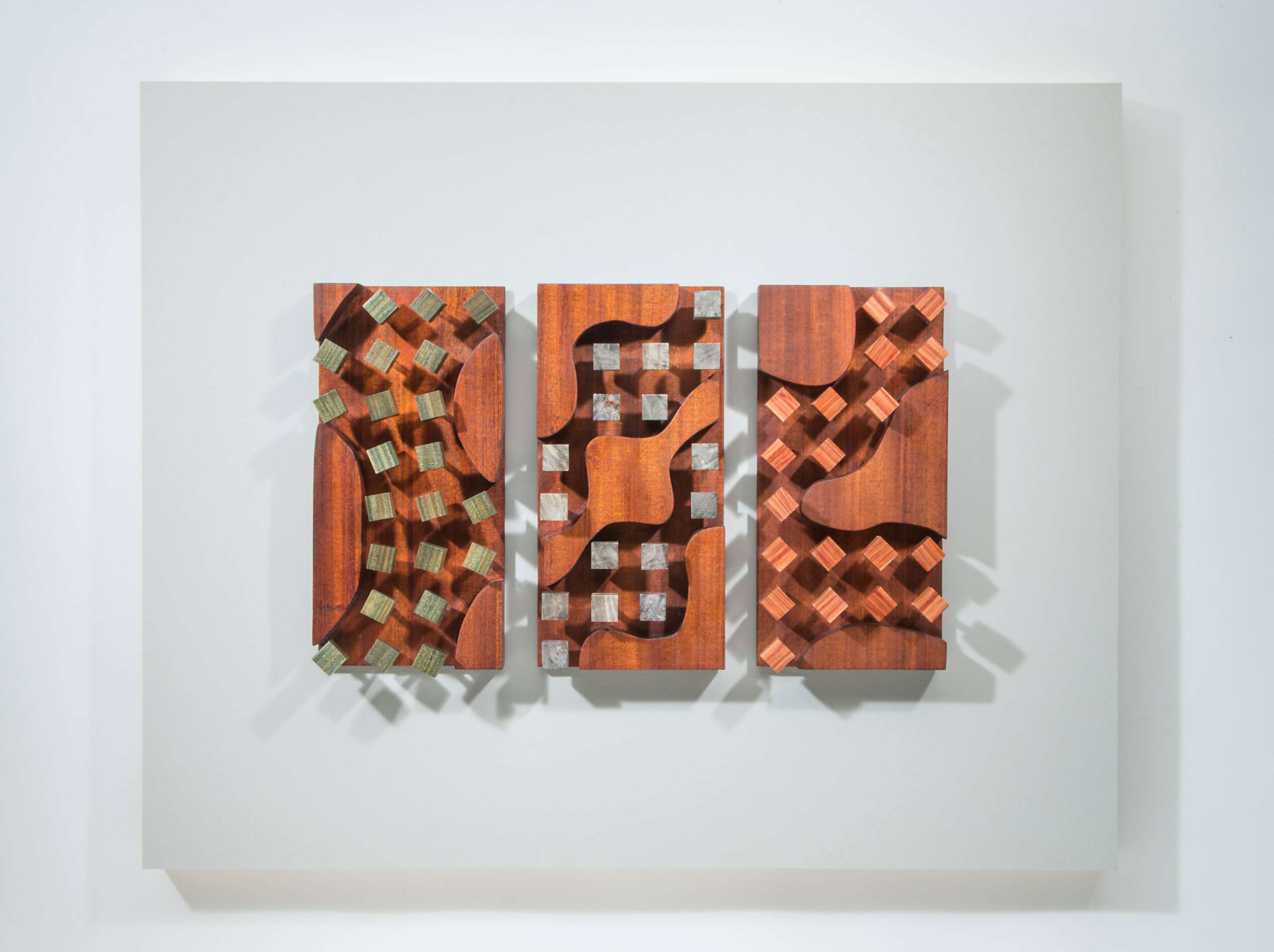
Is there something you think non-creatives will struggle to understand about your journey as a creative?
When I first started creating my artwork, I got asked “Why?” or “Where did that come from?’ quite a lot. I live in a city that a lot of my college friends moved to after school, and everyone worked in engineering. I didn’t know any artists or anything about the art scene in Houston and I initially struggled to explain to people why I was making these sculptures. I didn’t have my voice back then, but I went with my gut reaction and I just told people I liked doing it. I have always had a lot of hobbies though, so I don’t think anyone thought it was that out of the ordinary when I started, haha. It took a lot of thinking about it to understand what it meant to me, but now I have this beautiful addition in my life and I am able to articulate what my work is about and why I do it. It just took some time to figure it all out.
My friends and family have been so incredibly supportive through the whole process. That is another thing I am very thankful for and that I wish for every creative to have in their life. Everyone comes out to my shows and asks how my work is going, and it is just such a huge boost for me to have that support – it definitely helps keep me going.
One thing I think I should mention here is that if you’re an artist, try to demystify the art world to your friends and family. Invite them out to shows, plan a museum trip, or do some gallery hopping on a Saturday night. I think the whole scene can be intimidating if someone is not used to being around art, I know it was for me. It also helps to keep it simple when you’re talking about art. My go to is to mention I like the way the artist used this color or that material, and pretty soon I’ll be having a great conversation with someone who hasn’t really spent much time thinking about art.
On the topic of “non-creatives” vs “creatives”, I often get conversations about how someone is left brain or right brain. People will say “I don’t know how you do that, I’m a left brain kind of person.” I think society has been done a major disservice by how widely this theory has been pushed. Yes, certain activities trigger certain neurons in certain halves of the brain, but it’s been proven we are always using both sides of our brains. Beyond the technical aspects of the left brain/right brain concept, I think it is unfair to define ourselves as a creative or non-creative person. When an artist is working, it’s often an act of ‘left-brain’ problem solving. “Does this color go with the composition?,” or “How do I go about physically building the thing in my head?” It’s the same as when an engineer is working. They’re creating something as well, the result is just different. For instance, I have seen some beautiful building plans and technical drawings that soothe the ‘right-brain’ – yet by and large we don’t recognize those as creative outputs. In my opinion, we have one brain and everyone is creative in their own way. The issue is how we categorize the creation.

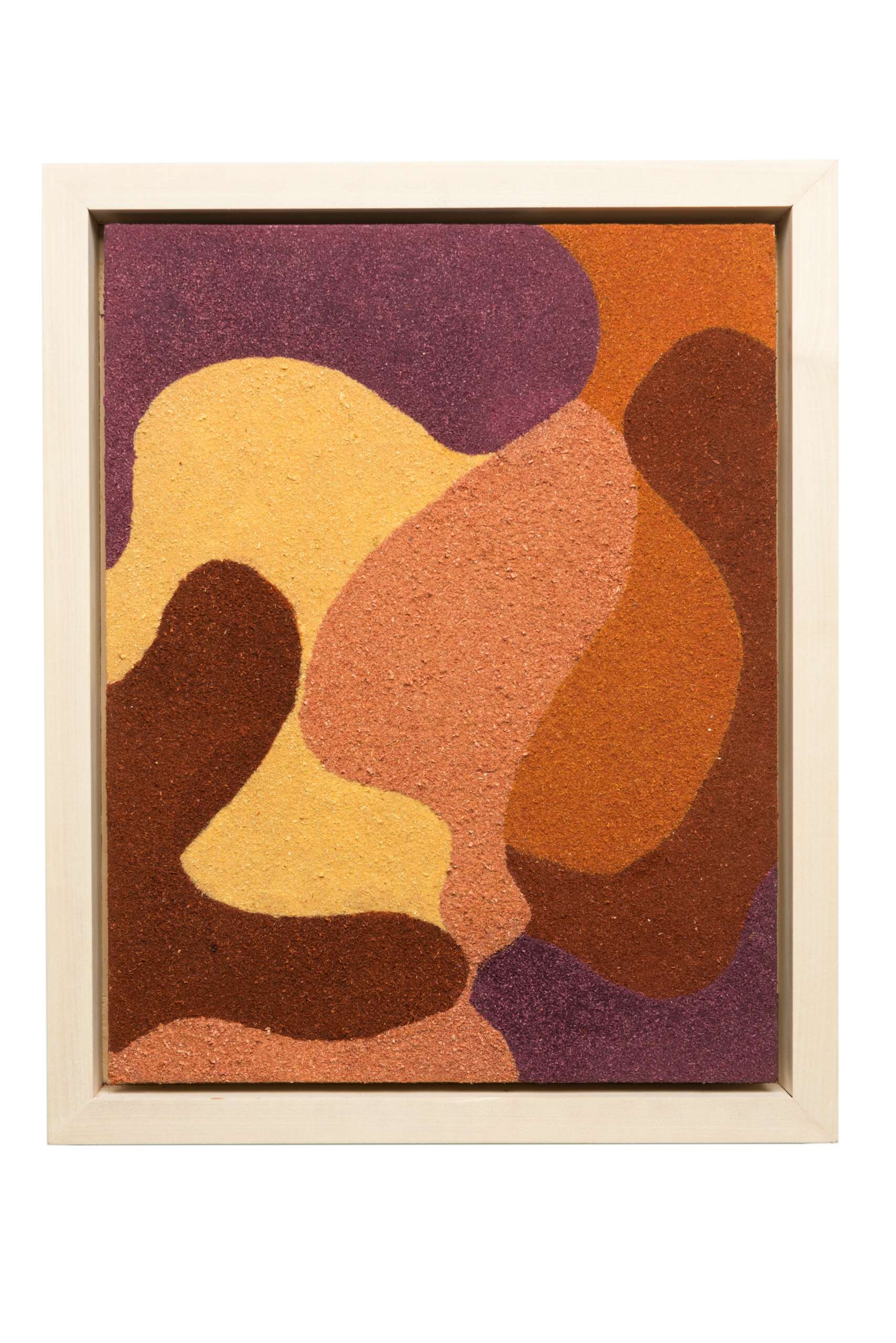
Any resources you can share with us that might be helpful to other creatives?
I think the most important resource for an artist is building a network in the art community. By that I mean, get out, attend openings and other events and meet local artists, gallery owners and collectors. This network is going to provide the most chances to get work out there and seen by others. If you want to be around artists, find the local art groups that put-on events like a sketch night or critique party. If your aim is to get in a gallery, then frequent that gallery. For me, these connections have proven to be invaluable. They come with the additional benefit that you don’t have to stress so much about building a huge social media following, which is intimidating and can be tiresome. You should definitely have a social media presence, but some of the most successful local artists I’ve met have only a couple hundred or couple thousand followers. Yet their network continuously helps connect them to shows and collectors.
Another resource I can think of is finding and keeping an eye on art call websites. Sites like callforentry.org, entrythingy.com, submittable.com, or artcall.org are all places where institutions, galleries, pop-up hosts etc post their open calls. You can sort down into your region to find local shows as well as filter to your medium. Beware though, many calls will have an entry fee. Unless I really like the organization and feel my art is compatible with the call and juror, I typically stick to free entries. Lastly, try to find your local arts councils and alliances. Many cities and towns have an office for the arts, and frequently these groups will have grants and other support for artists available.
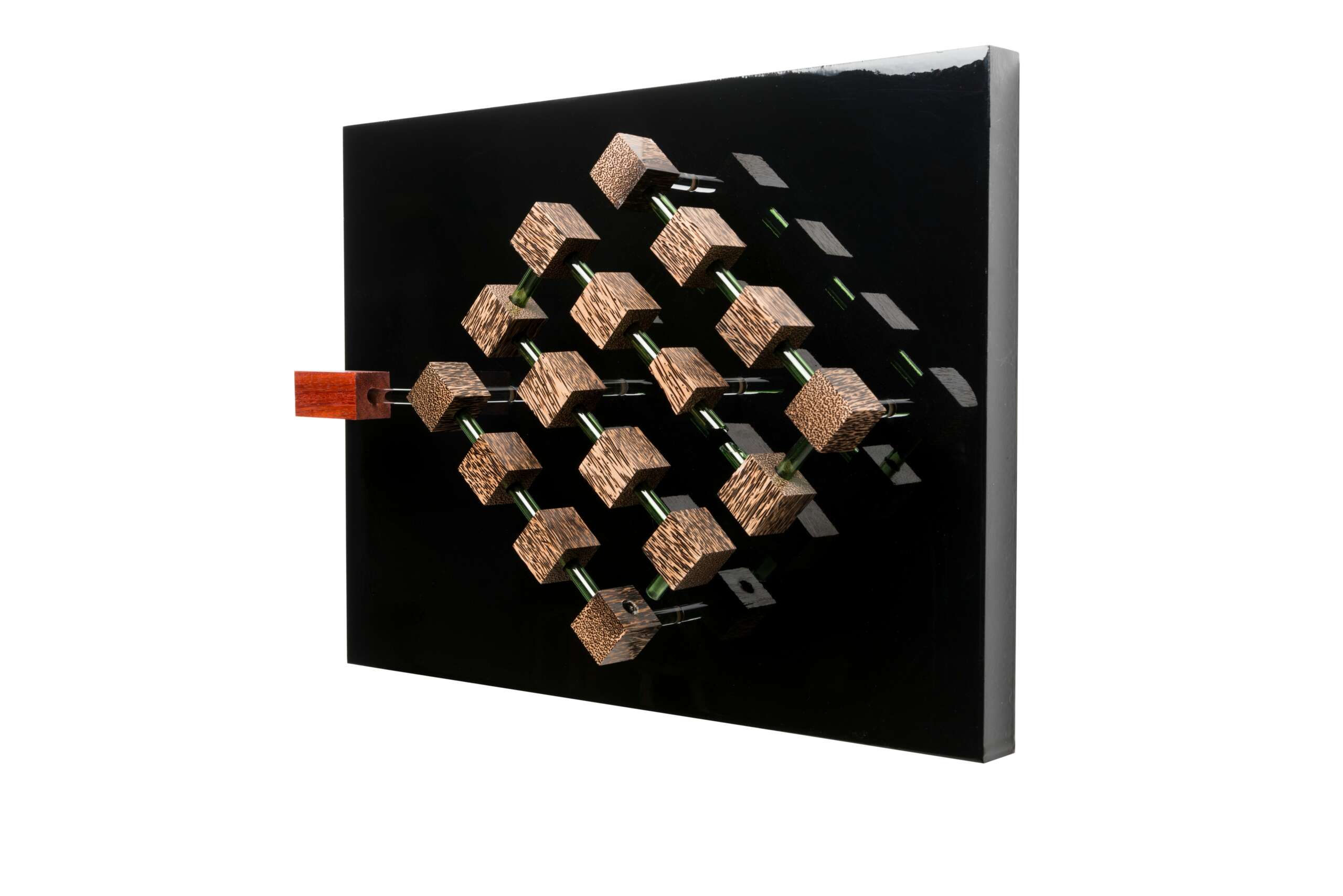
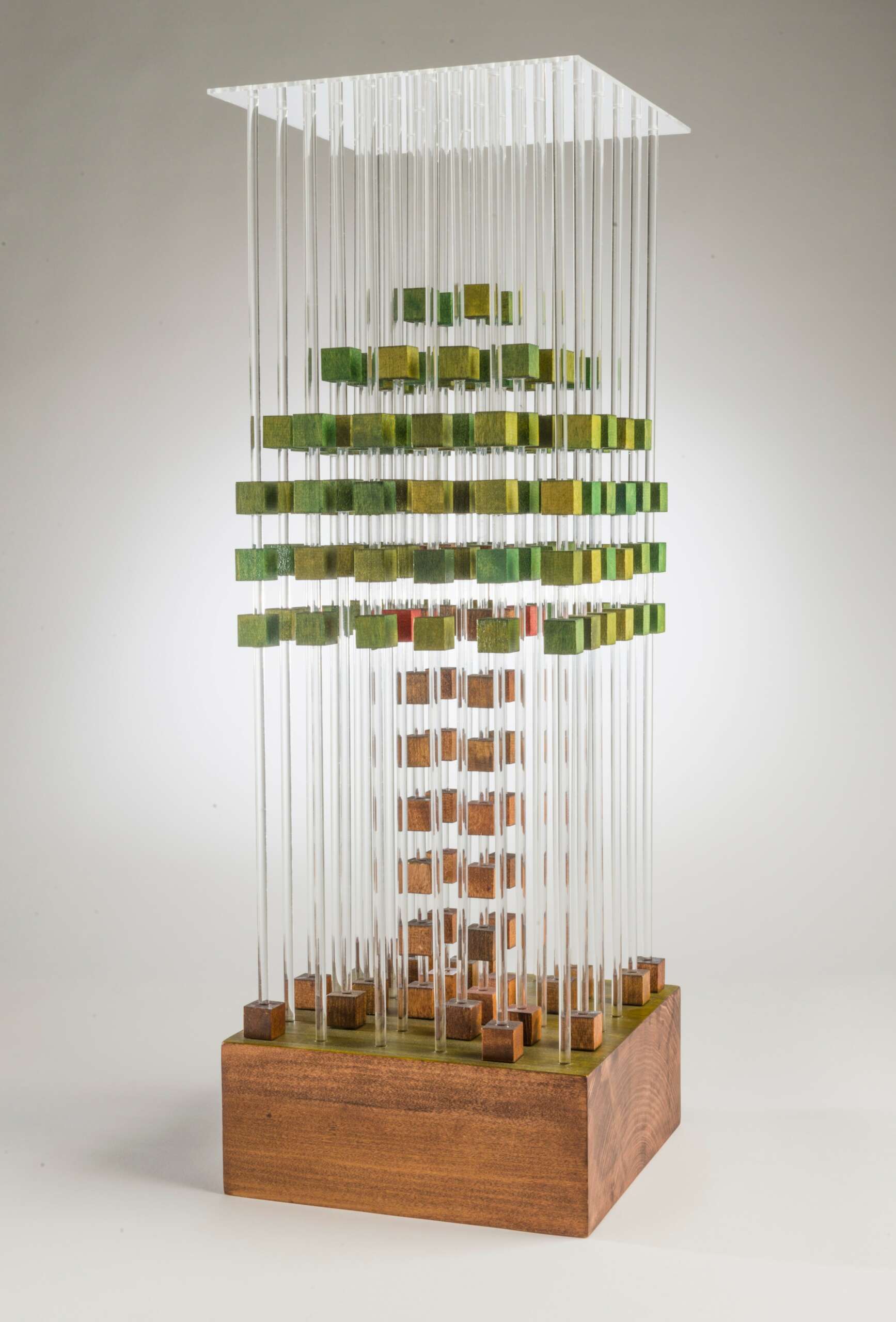
Contact Info:
- Website: BrendanFlores.com
- Instagram: @BrownDog_Works
Image Credits
Jeff Meyers Photography Albert Chen Photography Jared S. Jones Photography


